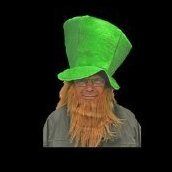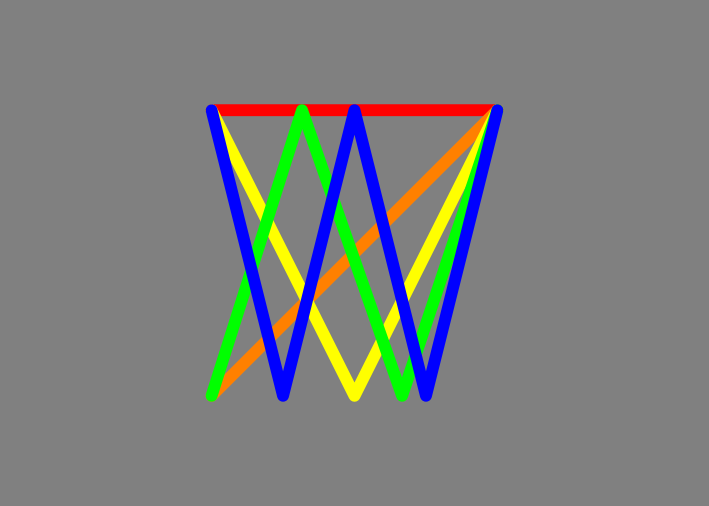
William Overington
Members-
Posts
3,062 -
Joined
-
Last visited
Recent Profile Visitors
-
I was looking through some images that I had produced using Affinity Designer and I found this one. It was on pagev 23 of Share your work. I cannot remember exactly what it was about, so it is interesting for me to look at and consider almost as if new to me. William
-
William Overington started following No unicode support for bengali , A Lesson in Light Frequencies and Wavelengths , Too quiet … and 4 others
-
 William Overington reacted to a post in a topic:
A Lesson in Light Frequencies and Wavelengths
William Overington reacted to a post in a topic:
A Lesson in Light Frequencies and Wavelengths
-
 William Overington reacted to a post in a topic:
end of affinity
William Overington reacted to a post in a topic:
end of affinity
-
 William Overington reacted to a post in a topic:
end of affinity
William Overington reacted to a post in a topic:
end of affinity
-
 William Overington reacted to a post in a topic:
end of affinity
William Overington reacted to a post in a topic:
end of affinity
-
 William Overington reacted to a post in a topic:
end of affinity
William Overington reacted to a post in a topic:
end of affinity
-
 William Overington reacted to a post in a topic:
end of affinity
William Overington reacted to a post in a topic:
end of affinity
-
 William Overington reacted to a post in a topic:
end of affinity
William Overington reacted to a post in a topic:
end of affinity
-
 PaoloT reacted to a post in a topic:
Too quiet …
PaoloT reacted to a post in a topic:
Too quiet …
-
Too quiet …
William Overington replied to j3rry's topic in Feedback for the Affinity V2 Suite of Products
And then one can adjust the coordinates of each of the end points numerically using the Node Tool in conjunction with the Transform panel, using whichever of the available choice of measurement units one chooses. -
 William Overington reacted to a post in a topic:
Affinity Photo V2 - Machine Learning - Canva Education License
William Overington reacted to a post in a topic:
Affinity Photo V2 - Machine Learning - Canva Education License
-
end of affinity
William Overington replied to nour bouch's topic in Desktop Questions (macOS and Windows)
Perhaps best we continue this in the following thread in your forum https://punster.me/serif/viewtopic.php?id=968 -
 William Overington reacted to a post in a topic:
end of affinity
William Overington reacted to a post in a topic:
end of affinity
-
 HCl reacted to a post in a topic:
end of affinity
HCl reacted to a post in a topic:
end of affinity
-
end of affinity
William Overington replied to nour bouch's topic in Desktop Questions (macOS and Windows)
A possible explanation is that it is a similar situation to the following. I read, sometime, somewhere, that words such as, for example, travelled, end in -led in American English yet in -lled in British English, with the exception in British English that the word paralleled has only a single letter l near the end, not a double letter l, because it already has a double letter l earlier within it. -
 Alfred reacted to a post in a topic:
How do I draw lines with the Pen Tool in Designer?
Alfred reacted to a post in a topic:
How do I draw lines with the Pen Tool in Designer?
-
 William Overington reacted to a post in a topic:
How do I draw lines with the Pen Tool in Designer?
William Overington reacted to a post in a topic:
How do I draw lines with the Pen Tool in Designer?
-
No need to apologise. If you need to know, it is not a dumb question. I like the Pen Tool. When I use it I tend to guess where to put the points then I use the Node Tool and the Transform Panel to position the points with numerical accuracy. The Pen Tool can be used to produce a connected sequence of lines. After drawing the first line, simply click somewhere else on the canvas. An so on, as many times as one chooes to do that. Indeed, it is necessary to click off the canvas, possibly onto another tool, to ensure that it does not add another straight line if one does not want that to happen. If one wants a closed curve, which one can then fill with colour if one so chooses, there is a button on the Toolbar that allows one to close the curve.
-
Pictures for An Art Show that may never happen
William Overington replied to William Overington's topic in Share your work
Well, um ... possibly! 😃 I had in my mind the meaning that I wanted to convey and I wondered how to do it in an abstract yet hinting manner. -
Pictures for An Art Show that may never happen
William Overington replied to William Overington's topic in Share your work
It is a rhombus, as all four sides are of equal length. I started with a rectangle produced using the rectangle tool. In the original artwork, which is 420 mm by 300 mm and 6 mm wide bleed areas, I made the width of the rectangle 300 pixels and the height of the rectangle 260 pixels (260 being an integer approximation to 300 times (root 3 over 2), then I applied a 30 degree shear. The shear keeps the overall vertical height yet lengthens the vertical lines of the original rectangle while not altering the lengths of the horizontal lines The 420 mm by 300 mm and 6 mm wide bleed areas is so that the artwork could be used at three different print sizes, A3 (420 mm by 297 mm), cloche (400 mm by 300 mm), A5 (210 mm by 148 mm). The 6 mm bleed areas in the artwork are so that upon producing an A5 size version for printing that the A5 version has 3 mm wide bleed areas filled with colour. -
Pictures for An Art Show that may never happen
William Overington replied to William Overington's topic in Share your work
Making that shape was interesting. Any idea of how I did it? -
Pictures for An Art Show that may never happen
William Overington replied to William Overington's topic in Share your work
He was born within a few days of the Saint Day of the Saint related to the local church and his first name is after the Saint. -
Pictures for An Art Show that may never happen
William Overington replied to William Overington's topic in Share your work
Here is a second clue -
Pictures for An Art Show that may never happen
William Overington replied to William Overington's topic in Share your work
No No I wondered if the meaning would seem obvious to anyone. Here is a clue, hidden unless requested -
Pictures for An Art Show that may never happen
William Overington replied to William Overington's topic in Share your work
Well, it is in the sea, part of the sea.



